It also becomes in many ways more global, because this is the time, because of the introduction of steam ships, that colonial intellectuals, colonial writers, in turn are coming to Europe, and they start writing about their sea voyages and experiences.
Sea literature: from sail to steam
Professor of Modern Literature and Culture
- Melville and Conrad are not the end of maritime literature but the start of a new global maritime tradition as steam replaces sail. This shift reconfigures the intimacy between sea, ship and sailor.
- Steam industrializes seafaring, diversifies crews after the 1849 Navigation Act and fosters unionized labor. Predictable schedules replace wind-driven uncertainty and alter space and time at sea.
- Modernist, then postcolonial, writers recast sea narratives, exposing shipboard power, gender, sexuality, race and class. Diaries, tattoos, medical notes and court-martial trials help recover erotic communities that official archives obscured.
- The sea’s meaning moves from sublime wonder to managed mobility then to ecological precarity, which renews interest in how central the ocean remains to modern life.
Maritime literary tradition
It is often thought that the whole maritime tradition in literature ends with Conrad and Melville, and I realized while doing research that I do not think it is an end. It is the beginning of a very different kind of tradition, which is inaugurated by Melville and Conrad.
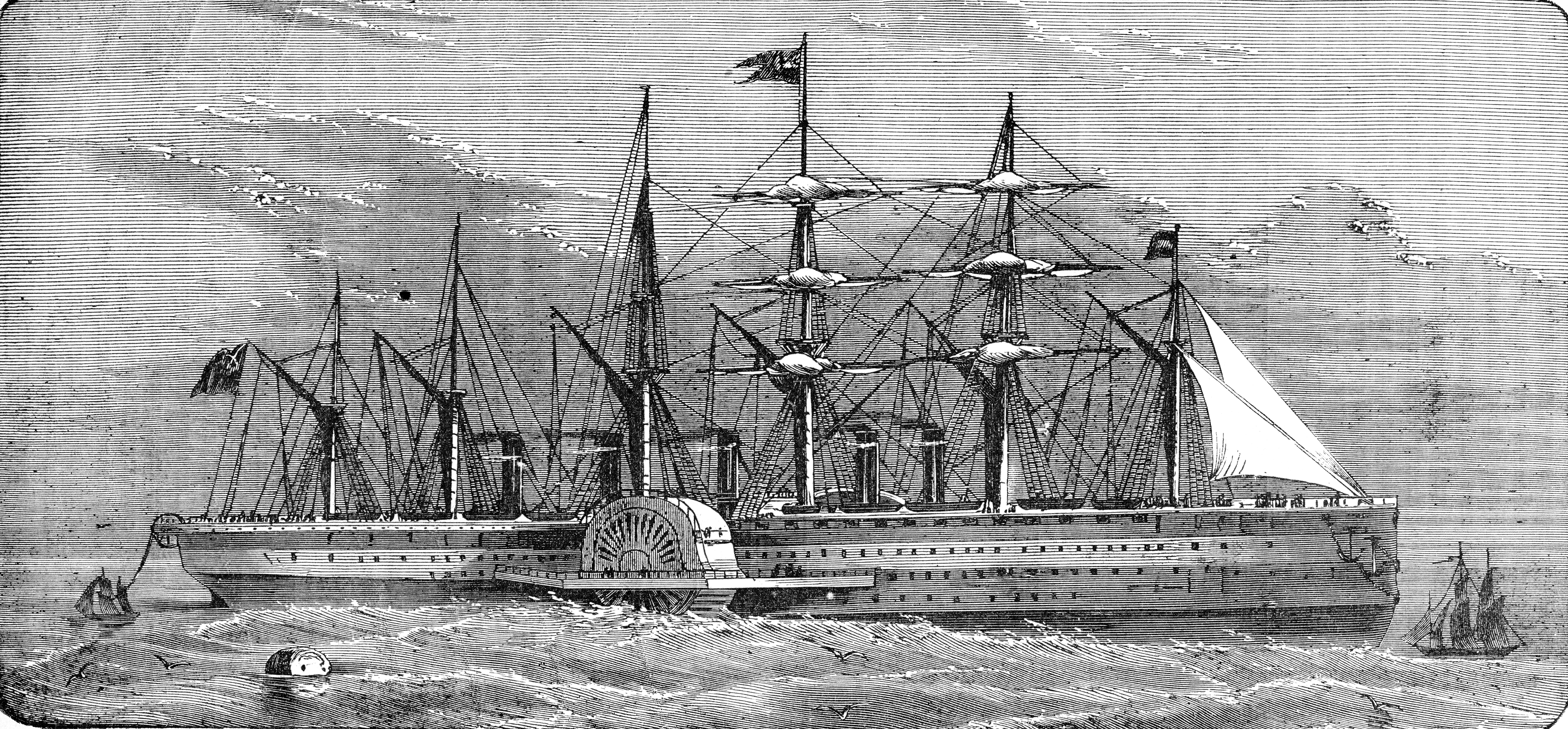
The Great-Eastern reeling off the telegraph cable, vintage engraved illustration © Shutterstock.
No longer a romance
In "The Mirror of the Sea", Conrad says that, to a man of the sails, the sea is something that is not just a navigable element but an intimate companion. The whole change or transition from sail to steam that we see across the 19th century completely changed or reconfigured this intimacy between the sea, the ship and the sailor. Because, on one hand, there was this technological shift, but that intersected with certain meteorological changes, as well as changes in the composition of the sailors. Because of the Navigation Act of 1849, it becomes much more diverse, much more multiracial. Then, later on in the 19th century, we also had the unionization of labor, where sailors became much more aware of their rights.
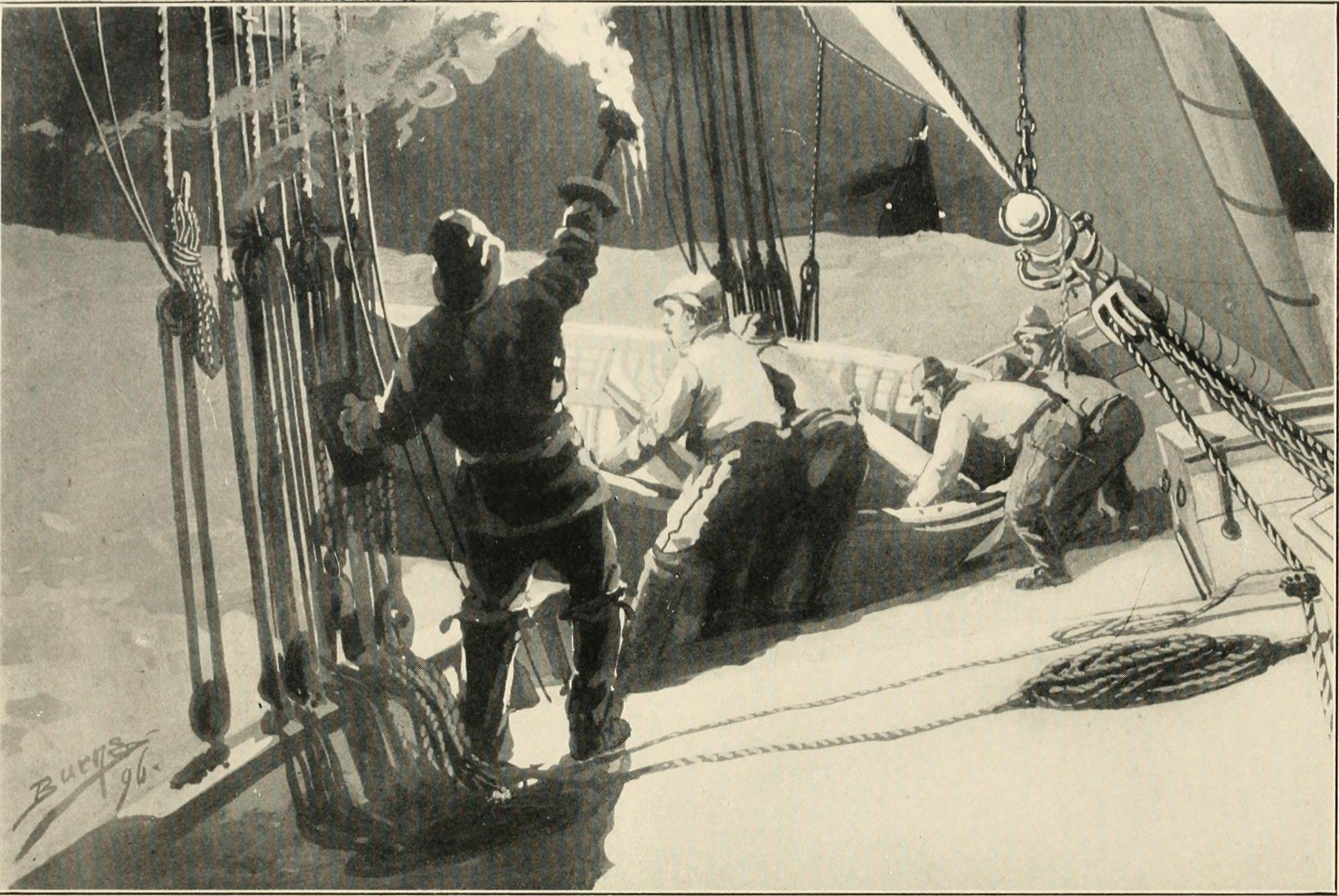
Pilot Boat signaling a liner at night © United New York and New Jersey Sandy Hook Pilots Benevolent Associations via Wikimedia.
The distinction that we always had between the industrial worker on land and the sailor on the sea starts blurring, because it is no longer the romance of navigation but rather working as a stoker on a ship. That is a fundamental crisis in the maritime world, and that is reflected in maritime literature. The whole sensuous experience of being on a sailing boat was very different from this new world of steam engines, with a different set of sounds, a different rhythm, and it completely changed the idea of space and time. Before that, people were largely dependent on the direction and gift of the wind; whereas now, if I leave Calcutta, I will reach Boston through a particular stretch of days.
A new tradition
Particularly for Conrad, the change from sail to steam is a point of crisis in his life, as it was for sailors, and I think that pushes the entire maritime tradition in English literature in a completely different direction.
That is the first stage. Their work is full of these tensions between the old and the new, between the distinctions between industrial workers and sailors, and then we move on to the next stage – maybe, for want of a better word, the modernist stage.
We have people like Virginia Woolf writing her first novel, The Voyage Out; then Malcolm Lowry, Ultramarine; James Hanley, Boy. In all these novels they explored some of the darker sides of gender and sexuality. For example, in Voyage Out, this young girl gets sexually assaulted; in James Hanley, the boy gets raped repeatedly. More recently, over the last maybe 20 to 30 years, we are seeing another wave. That is often postcolonial writers like Fred D'Aguiar or Amitav Ghosh writing about the sea and sea voyages, and it is interesting that it has not been very long, writing about the sea from these former colonies. It is as if they needed all this time, and often they go back to the past.
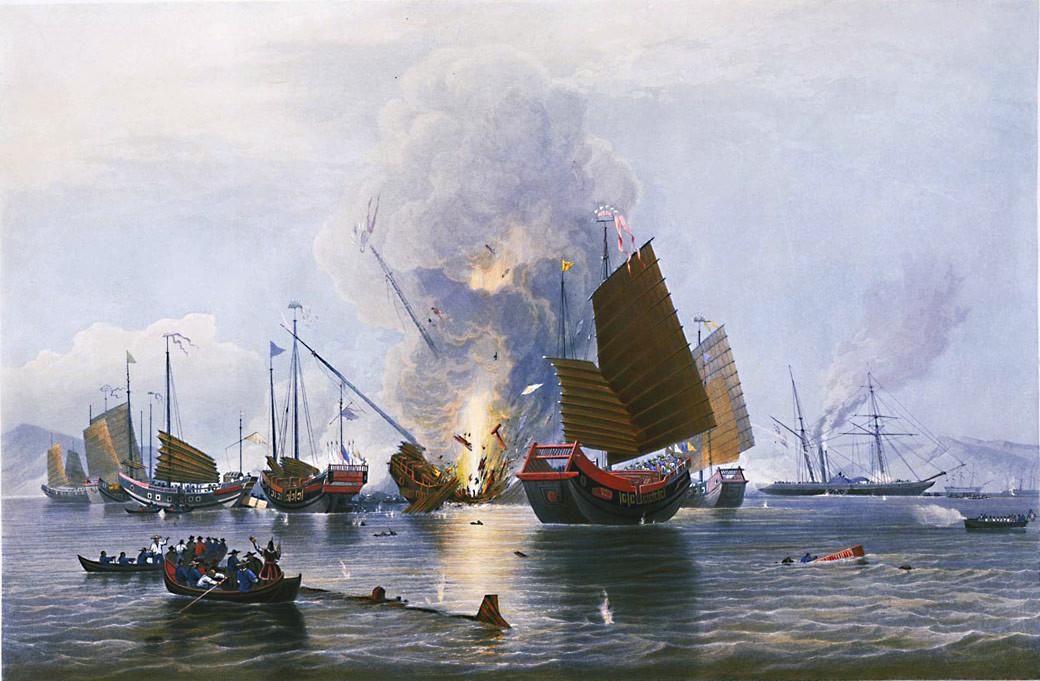
Destroying Chinese war junks, E. Duncan (1843), © National Maritime Museum via Wikimedia.
Amitav Ghosh goes back to the opium trade, and in a way, he is also re-establishing connections and showing the cosmopolitan world of the 18th century and before. Fred D’Aguiar is showing or examining the world of slavery. I think they are very, very important in the absence of historical records, but it also shows a newfound confidence on the part of these writers at this moment to go back to these difficult and often very painful histories.
Shipboard intimacy
In conventional literature around the sea voyages, we often have this romance of navigation, but as we move into the 20th century, shipboard communities become almost little signposts or communities where many of the landlocked debates around gender, sexuality, race, class get articulated most powerfully.
There are a lot of myths about this homoerotic world of sailors, but very little is known about it. As a result, we again need to go beyond conventional archives. Interestingly, during my research, I realized there was a lot of discussion around tattoos on soldiers’ bodies.
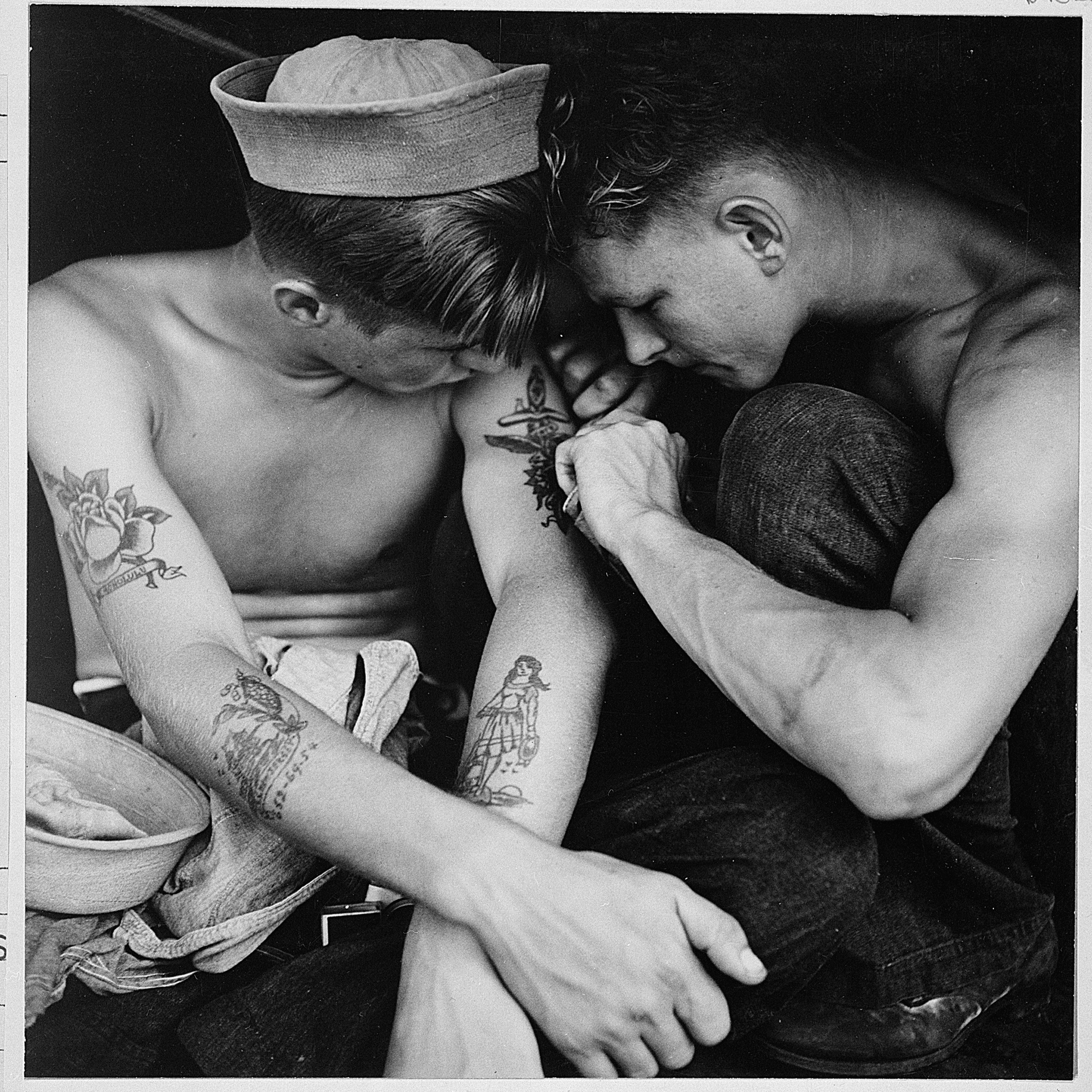
© National Archives at College Park.
For example, I had been looking at recruitment records in the National Archives in Washington DC, and there were examples of tattoos shaped like a penis with cells on the soldier's body, or, for example, words like “pay as you enter”. There is this huge world of tattoos, and I find this fascinating, because, in the absence of historical records of sexuality in the maritime world, they can tell us a bit more. Of course, it is speculative, but we are one step closer.
Erotic shipboard communities
There is an absolutely extraordinary diary of this American man who was a musician, Philip Van Buskirk. He has these multi-volume, almost erotic diaries of what is happening on the ship that he is sailing. He is sailing exactly at the same time as Melville in the mid-19th century, and, for him, all the different boys engage in a variety of erotic activities on ship. What we realize is that there is almost a lost world of linguistic richness and diversity, of erotic experiences which are queerer than queer, but are never organized under the sign of queerness. I think it is very important to excavate this lost world in order to understand these erotic communities among the sailors.
Linguistic richness
How do you excavate this lost world of linguistic richness and diversity of erotic experiences? Again, we have to look at very different kinds of sources. I have been looking at descriptions of tattoos, medical records that often record particular diseases. A sailor's condition may come up as a footnote in a medical treatise, but some of the most revealing records are these court-martial and sodomy trials. We have a lot of that in the national archives in both America and in Britain. They read like novellas, and they are full of narrative jouissance, because these trials run into 30 pages, 40 pages, with the most extraordinary detail. I will just read out one bit.
“Joshua Toner, Master at arms, put down his hand and took Brian's…” dot dot dot…it is a c - - k, “still between Billin’s thighs, and showed it to all present, desiring that they might take notice of it,” and then follows this question and answer between the court and the defendants. “Court: Did you see Brian's yard in Billin’s body? By what means are you sure Brian's yard having penetrated the body of Billin? Answer,” – this is from the Master at arms – “because I laid hold of part of his yard. The other part came out with a spring, as if a cork had been drawn out of a bottle.”
You have this narrative exuberance in describing these acts. They read like little novellas almost, and I think there are untapped resources into the intimate, erotic lives of these sailors across the 18th and 19th centuries.
Melville’s Billy Budd
Suddenly, out of nowhere, we have Herman Melville's extraordinary novella "Billy Budd", written in the late 19th century, not finished and discovered only after his death in a bread tin. It was published in 1924, the same year as A Passage to India. It is a very complex story. You have Billy Budd, this extremely handsome and very innocent sailor; then this very wise, tolerant and supposedly enlightened captain, Captain Vere; then this evil figure Claggart, who has a vendetta against Billy and brings in a false accusation of insubordination.
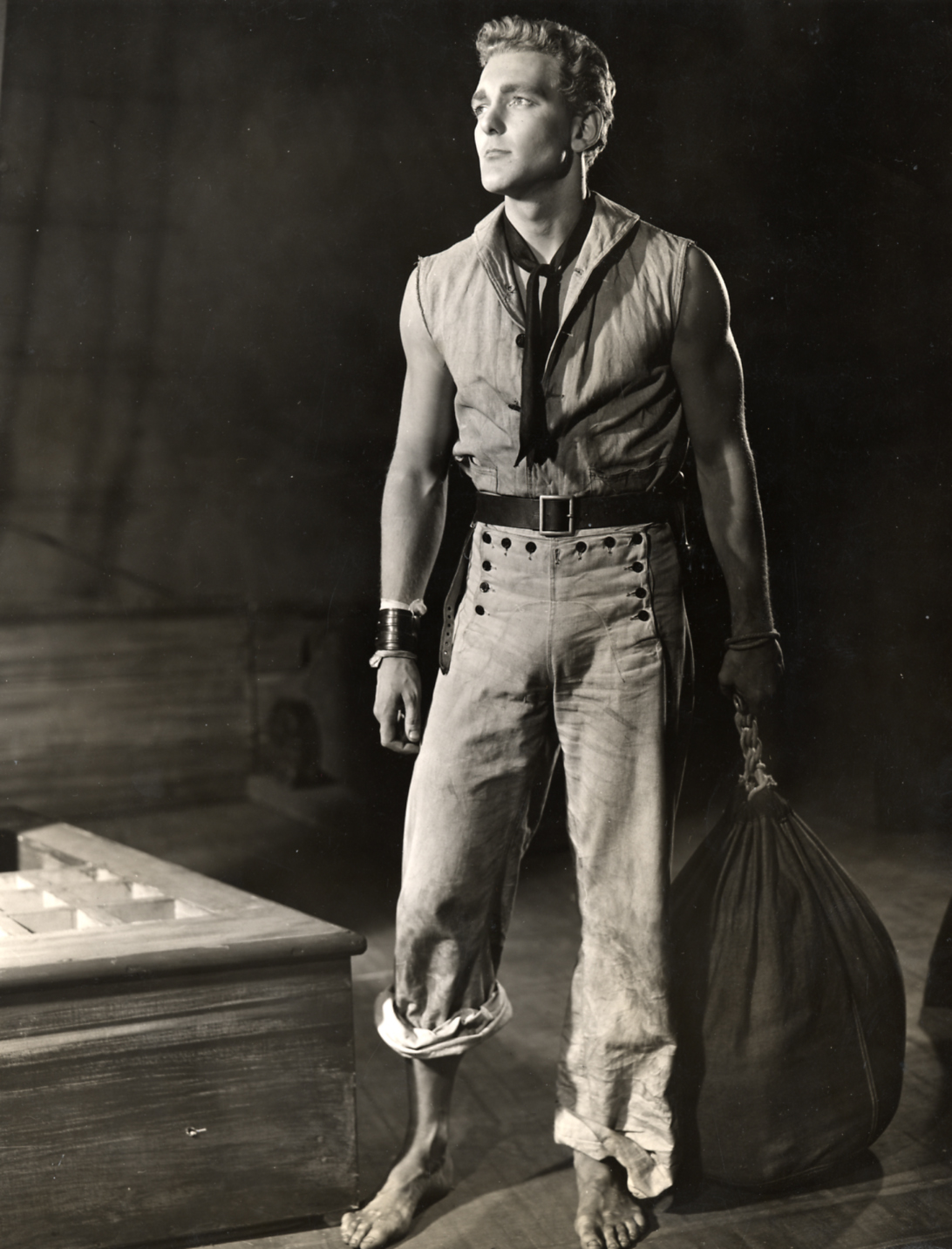
Actor Charles Nolte as the title character in the Broadway production of Billy Budd © Charles Nolte Collection via Wikimedia.
Then Billy, in a fit of rage, ends up striking and killing Claggart, and the law takes its course and Billy is hanged. So, this is the story. What is extraordinary is that this charged homoeroticism can only be articulated through looks, little gestures and the wonderful images and metaphors that Melville employs. It is there in "Billy Budd". There is always this relationship between sexual and naval transgression: transgression against hierarchy, transgression against sexual norms, but the story is not like anything we would find in the archives. This is where I say that literature comes almost with an unearthly glow, but then it picks up all the traces, hints and the suggestions that we have detected in the archive. We could not have ventured the whole story, and it all gets reconfigured in the imagination, and out comes something as remarkable as Billy Budd.
James Hanley’s Boy
James Hanley, like D.H. Lawrence, is one of the most important working class voices in British literature. We have the whole tradition of maritime literature, often represented by Joseph Conrad, but that is always from an officer's perspective. For the first time in James Hanley, we have the perspective of a common sailor – he himself was one – and in Boy, a remarkable novel that was actually banned because of its depiction of male rape. It is the story of this young boy, Fearon, who gets repeatedly raped, and then he contracts syphilis, possibly from the sexual encounter he has in Alexandria with an Egyptian female sex worker. Then the captain does an act of mercy killing and basically smothers him with his coat, and he is thrown overboard. I think it is extraordinary, because of its explicitness on different fronts: male rape, syphilis and this mercy killing by the captain. This is where I think modernism strikes, and this is how modernist literature of the sea is so starkly different from what we had in Melville or Conrad. We have all these testimonies from working class voices in the 18th and 19th centuries, who had been sexually abused repeatedly by older men on the ships. This is the first time we have its parallel, its articulation in the world of fiction in the 20th century. I have often juxtaposed these trials from court-martial cases, these elaborate testimonies given by these young, underage boys who had been raped, along with the experience of Fearon, and the similarities are quite startling.
Radical ideas on deck
As we move from the genre of stories about sailing boats – and often it is this lone man or group of men on the sailing boats – to this world of steam engines with its army of industrial workers, we also enter a much more diverse world. On the one hand, we do not have just this journey from Europe to the rest of the world, but we have the colonial intellectuals like Mahatma Gandhi, Rabindranath Tagore and the South African intellectual Sol Plaatjie all coming to Europe, often to be trained and then take radical ideas back home and beyond the upper decks.
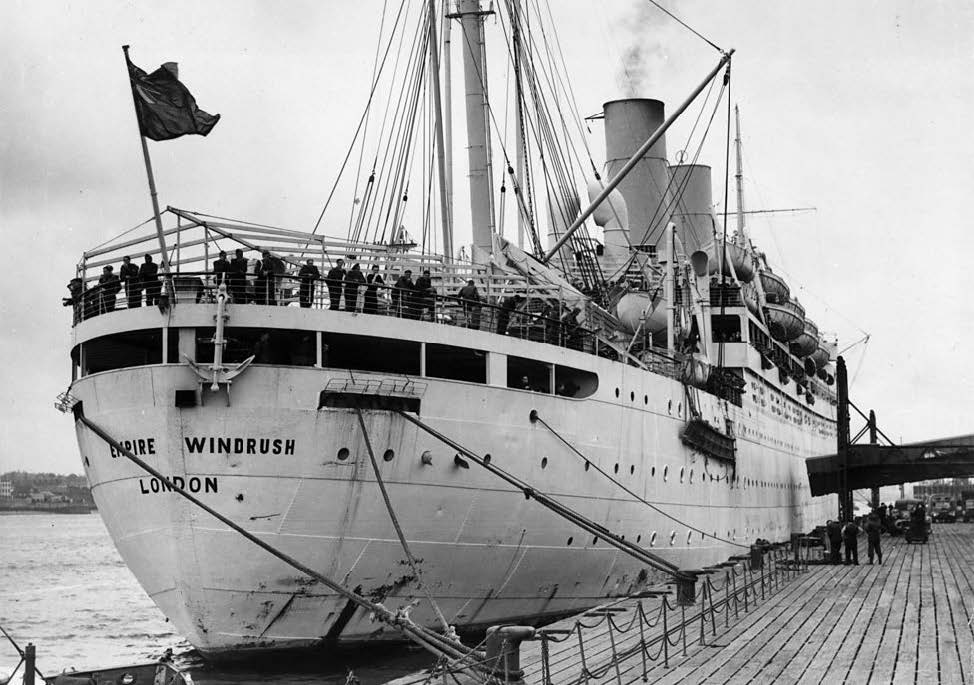
The HMT Empire Windrush docked in London © BBC via Wikimedia.
There is also this shadow world of laborers, stokers, whom we do no't get to really see. Often in boats, in ship boards or on land, these diverse worlds collide and meet, and that is something new that is happening from the mid-19th century, and it continues to the mid-20th century.
Sea interest today
What the transition from sail to steam resulted in are quite different ideas of space and time. For example, people were dependent on the wind and would not know how long it would take. Travel becomes far more regimented; we soon move into this world of cruise liners, and then we move on to the world of the airplane, air travel. Only in recent years are we recognizing once more how ubiquitous the sea was at that time, in the late 19th and early 20th century, in the time of transition from sail to steam.
I think at our moment when we see that the sea may be, above everything else, so imperiled, we realize how much more it was part of everyone's life then, as well as of our lives now. We have this renewed interest in the different dimensions of the sea.
A sense of precarity
The sea from Homer's Odyssey, or the Anglo-Saxon lyrics to the Romantic times, had been a source of wonder as well as of fear. It was a source of the sublime, whereas we have almost reached the end point now, where the sea may be to many no longer just a sense of wonder, but one of precarity: how do we save the sea?
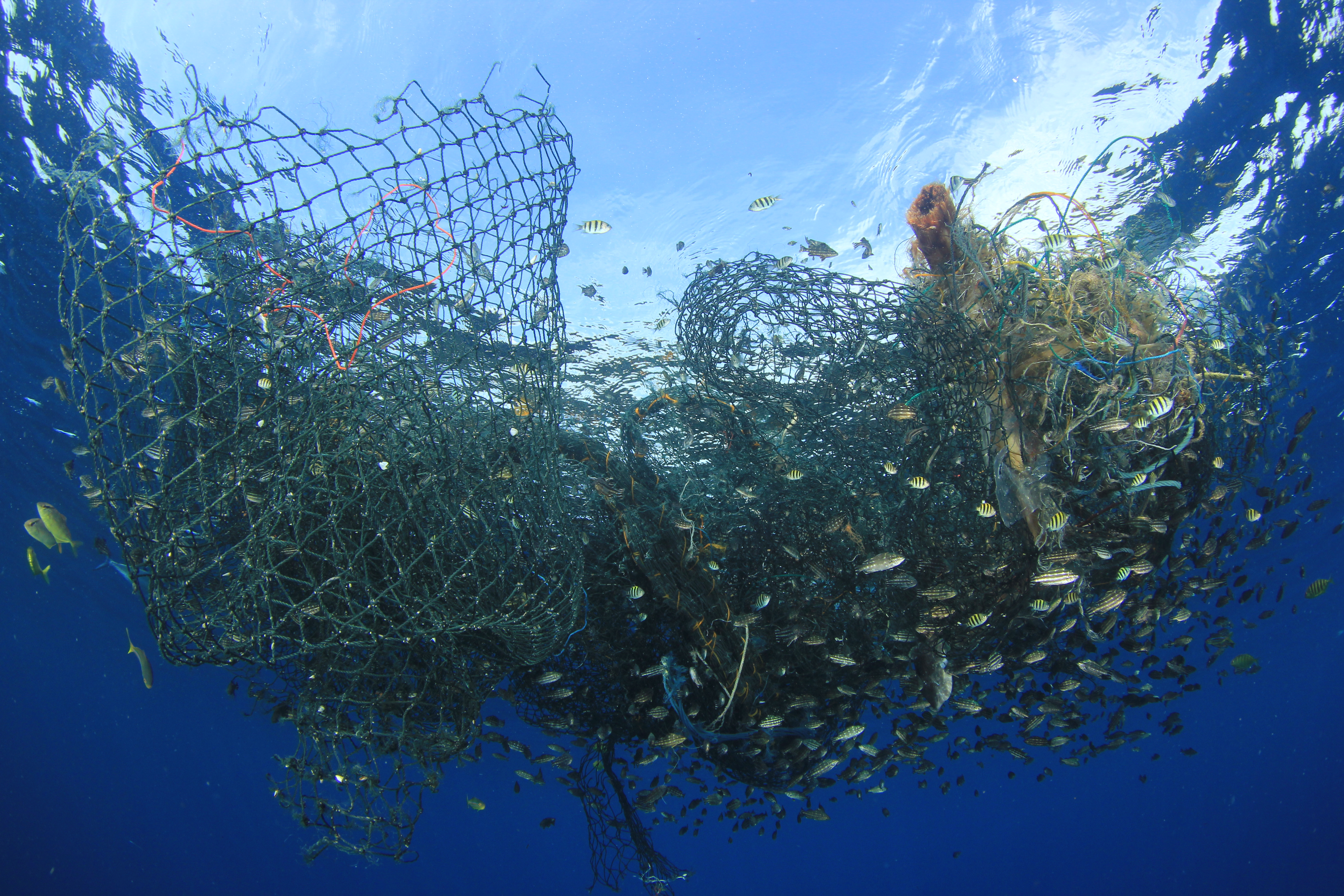
Abandoned fishing net © Shutterstock
Editor’s note: This article has been faithfully transcribed from the original interview filmed with the author, and carefully edited and proofread. Edit date: 2025
Discover more about
maritime literature
Das, S. (2018). India, Empire, and First World War Culture: Writings, Images and Songs. Cambridge University Press.
Das, S. (2013). Writing Empire, Fighting War. In S. Nasta (Ed.), India in Britain: South Asian Networks and Connections, 1858–1950 (pp. 28–45). Palgrave Macmillan.
Das, S. (2011). The Singing Subaltern. Volume 17, 2011 - Issue 3: Contours of Learning: on Spivak, pages 4-18(3). Parallax.
Melville, H. (1924). Billy Budd, Sailor. Penguin.
Woolf, V. (1915). The voyage Out. Penguin Classics.
Hanley, J. (1931). Boy. Oneworld Classics.
Lowry, M. (1933). Ultramarine. Open Road Media.
Ghosh, A. (2008). Sea of Poppies. John Murray.